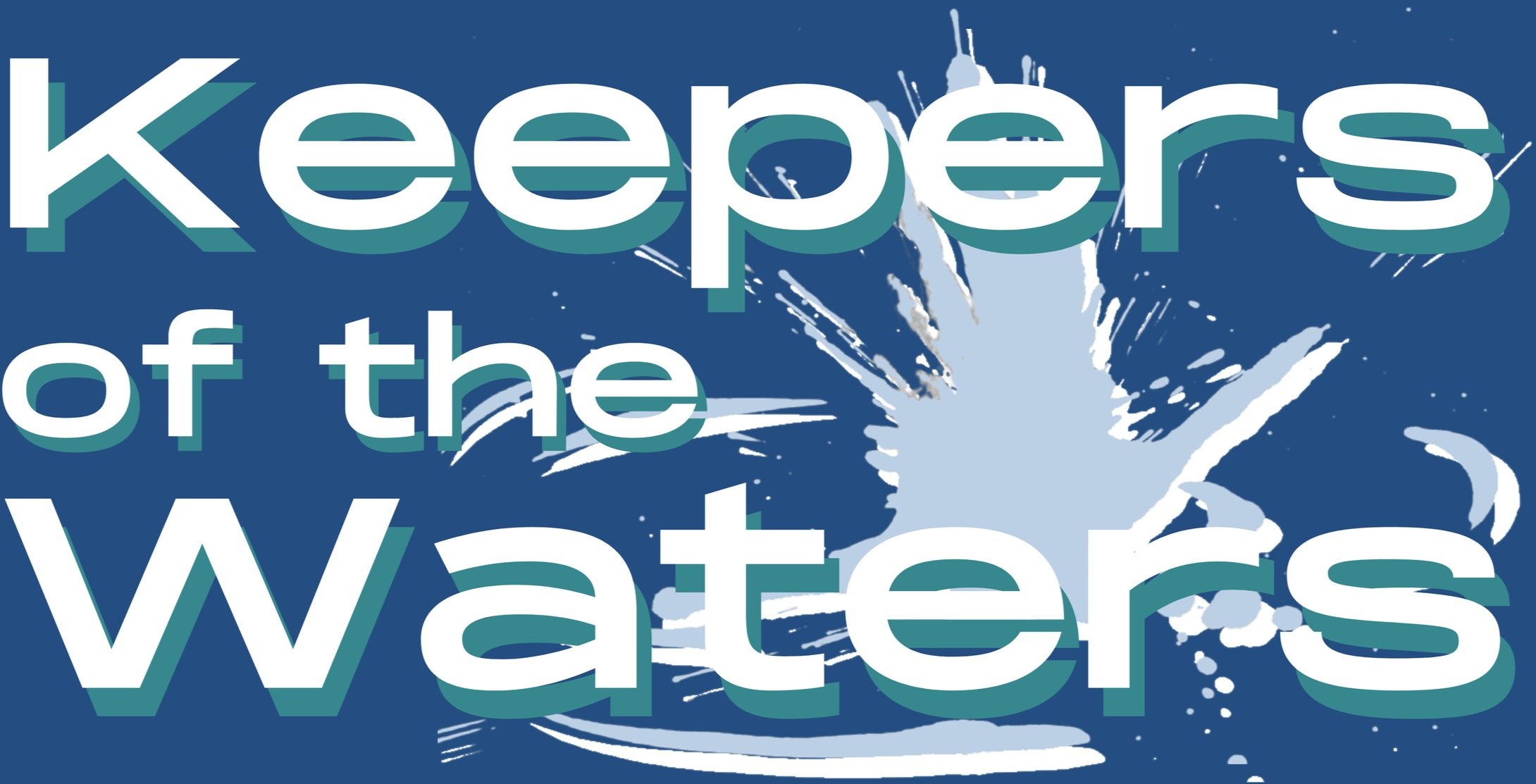Living Waters of the Cheyenne River
Radioactive uranium half-life tailings have been spilling into these waters and onto this land for years. Two well-established scientists in the field of biological decontamination, Brian Powell of Clemson University and medical biochemist and botanist Diana Beresford-Kroeger, author of The Global Forest, have agreed to work on this project. Grandmother Mona Polacca of The International Council of Thirteen Indigenous Grandmothers will assist Damon in working with the tribal authorities of the area to determine what is needed and to complete the cleanup.
There are currently about 15,000 abandoned uranium mines (AUMs) in the United States that pose a toxic threat to the environment. Of this number, there are 272 AUMs in South Dakota which are contaminating waterways, including the Cheyenne River, as well as the land and people surrounding these waterways.
Keepers of the Waters sees itself as a catalyst for change.
Our organization will mentor, provide funds, and function as a cross-cultural resource.
According a February 26, 2016, Z Magazine article entitled "Protesting Pollution at Uranium Mines": Indigenous communities have been disproportionately impacted as approximately 75 percent of AUMs are located on federal and tribal lands. A majority of AUMs are located in 15 western states with the potential to impact more than 50 million people.
The same article states that, out of the 272 AUMs in South Dakota, only one has been cleaned up. The rest remain, and they include sacred and ceremonial sites. Currently, these is no comprehensive U.S. law requiring the clean-up of all AUMs. Two years ago, The Uranium Exploration and Mining Accountability Act was drafted to ensure their clean-up; however, the bill has yet to be introduced In Congress.
The Cheyenne River Project is a proposal to begin to clean the Cheyenne River of its half-life uranium tailings. The restoration would be done through a cost-effective, plant-based approach called Phytoremediation, and would be the first model of its kind.
A combination of Ancient Greek and Latin terms — phyto, meaning "plant" and remedium, "to restore balance" — Phytoremediation is a technology that uses the natural abilities of living plants to clean up contaminated soil, air and water and restore balance to the ecosystem. It is the plants themselves that pull the contaminants from the environment they are placed in.
The site and design of the Cheyenne River Project would be determined by the community, which would take the land's and river's features and many more factors into consideration before making a decision. The actual site chosen will determine the design. For example, one possibility would be to create a number of wetland ponds, through which the waters of the Cheyenne River would be guided; the plantings made in these ponds would be specific to the uranium tailings being targeted.
As the Cheyenne River is long and the model new, the intention is to begin small and expand from there. There are so many sites of contamination that not one remediation site could possibly take care of all the uranium in the river. But little by little, a chain of interdependent created wetlands could feasibly relieve the Cheyenne of its radioactive burden. We believe the potential for transformation is enormous.
Keepers of the Waters is adamant that the Cheyenne River Project be led by the local Indigenous community. While the undertaking will involve the cooperation of scientists, engineers and more, its success will depend on local community leadership and larger community involvement. Thus, it is primary to the design of the project that it be supported by the local Indigenous community and that the community takes the lead, chooses the site, and has true ownership of the project.
Keepers of the Waters sees itself as a catalyst for change. Our organization will mentor, provide funds, and function as a cross-cultural resource. Our role is to facilitate. Monies are currently being sought to support the community and pay for the project --- and this is to include payment for all those participating. The investments being sought are intended for longer term, as maintenance of the project will extend well beyond its creation.
Preliminary organization has been underway. We have two highly respected scientists on board: Brian Powell, Professor of Nuclear Environmental Engineering and Science at Clemson University, who has written extensively on the subject; and botanist and biochemist Diana Beresford-Kroeger, who is so convinced that the right plantings will indeed filter the uranium tailings that she has offered her services for free. Diana’s passion and deep knowledge of forests and the intimate relationships between air, earth and water are well known. Both Brian and Diana understand that this is the first working model of this type of restoration and are eager to begin. Keepers is here to assist.

